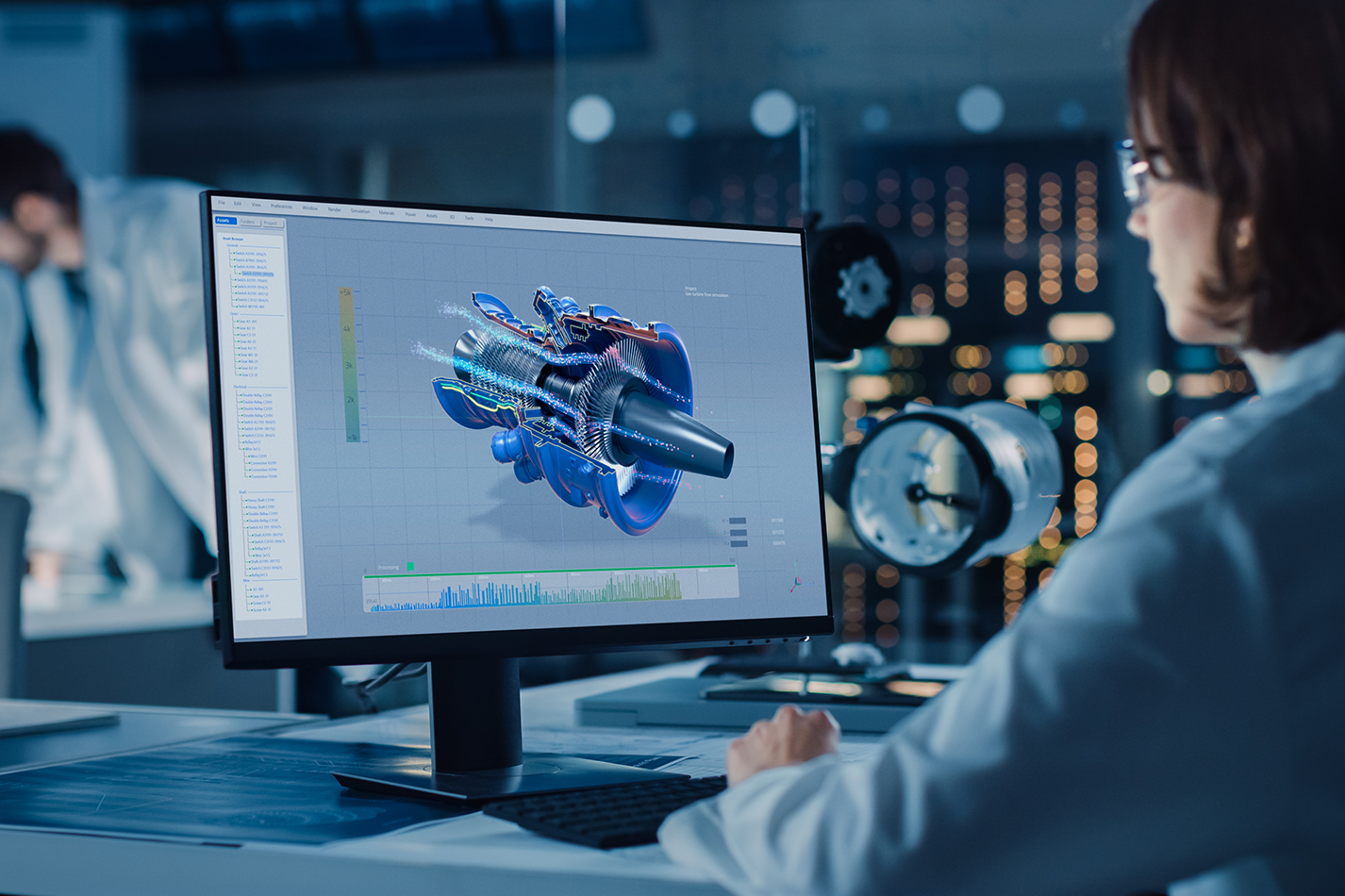How does one identify suitable projects for additive manufacturing?
Identify applications that are suitable for 3D printing is easy. Whenever one of the topics mentioned below occures, it is worth checking whether additive manufacturing offers advantages compaired to subtractive processes such as turning, milling and the like:
- Lightweight construction: parts whose weight should be reduced
- Parts without optimal functionionality due to the limitations of conventional manufacturing techniques
- Individual components of an assembly that could be combined
- Parts that need to be personalized
- Production of prototypes, individual parts or spare parts that are no longer available
- When components are needed at short notice or for "order on demand"
Examples of applications can be found here: to the blog article about applications
How do you qualify a 3D printing application to avoid errors?
Once the application is identified, it is imperative to define the additive manufacturing project in more detail. Not doing so would be a big mistake. Are you well versed in conventional manufacturing and the design of components for it, but not yet, or only to a limited extent, in 3D printing? All the more important is this step, it helps you to implement your project in the best possible way. Using a new technology requires a bit more careful clarification at the beginning if you don't know all the aspects.
Answer the following questions:
- Where will the component be used?
- What mechanical loads are acting on the component? Is the shape appropriate for the mechanical loads?
- Is the geometry optimized for 3D printing?
- What tolerance values must the component meet? At which points?
- Does the component have to withstand certain chemicals? Does it have to be particularly abrasion-resistant, or withstand strong pressure or heat? Does the component have to be particularly durable?
- What surface finish is required? This may require appropriate post-processing, for example chemical smoothing of a plastic material
- Does the component have to meet certain certifications, e.g. for food, use in medical technology or similar?
- Does it matter what color the component is? Should it be transparent, painted or colored?
- Which material is desired? If you choose metal: is that absolutely necessary, or would fiber-reinforced plastics also be an alternative?
In addition to these technically oriented questions, it is also important to define the project goal. Do you want to use 3D printing to get a more optimal part, save money, shorten delivery time, or achieve some other goal? Are you knowledgeable enough to design the part without help and select the appropriate material/technology combination?
If you are not sure about some questions, it is beneficial to seek advice. With the myriad possibilities that 3D printing offers, it's normal not to know everything. Have the courage to ask.
Don't be put off by concerns about 3D printing!
Do you still have concerns? Don't be fooled. There are various myths and false assumptions surrounding additive manufacturing that tempt you (once again) to wait and not try anything new. Just because you heard somewhere that someone didn't successfully implement a project, or that it was expensive, doesn't mean that the same is true for your project.
Do you know the details of the project that wasn't successful? What 3D printing mistake was made? Or could it have been because the project was not identified and analyzed in enough detail? Lack of expertise was the problem, or competent advice was not consulted? Or that one simply ordered the cheapest one quickly? Unfortunately, there are such cases...
You can easily avoid this by analyzing your project properly. Get advice and support if you lack knowledge. And when ordering the component, you should tell your manufacturer all aspects in detail. It's better to ask once too often than too little.
It is also a good idea to order a single part first, test it, and then have the series made. This way you are also on the safe side with a new technology. We are one hundred percent convinced of 3D printing! We are sure that you will be soon, too.
We are looking forward to your project
Your Jellypipe



